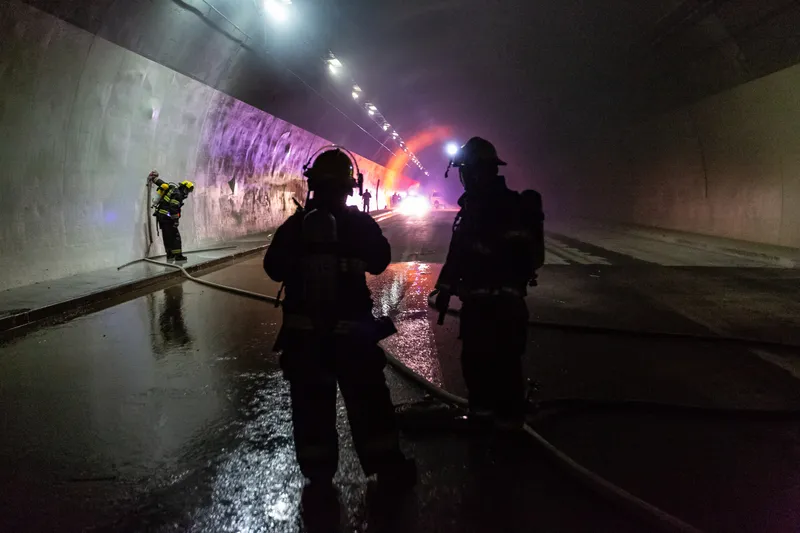
The new Silvertown Tunnel beneath the River Thames in the east of London, UK, is set to open on 7 April 2025.
The 1.4km-long twin-bore tunnel has two lanes per tunnel with dedicated lanes for heavy goods vehicles and buses.
Indra has equipped the new structure with its In-Mova Traffic platform and intelligent transport systems including communication systems, radio communications network and traffic signals.
Citilog has integrated its automatic incident detection system, which includes 59 CCTV cameras, to help reduce congestion in and around the tunnel. It provides real-time incident detection and response to enhance safety and incident management, and is designed to minimise false alarms while maintaining high detection accuracy.
Using thousands of video clips will help train an advanced network to reduce false positives, allowing operators to focus on genuine emergencies.
The new tunnel runs between the London borough of Greenwich, the peninsula area, and West Silvertown on the northern bank of the Thames.
Transport for London (TfL) says modelling shows it will help reduce congestion at the existing Blackwall Tunnel, with average journey times expected to be up to 20 minutes quicker at peak times.
It will also help manage overall air quality and allow for better cross-river public transport, TfL says, with new bus routes - free for the first year - meaning that bus crossings increase from six to 21 per hour.
While you will not be able to walk or cycle through the tunnel, a new zero-emission cycle-shuttle service is due to operate every 12 minutes, seven days a week.









